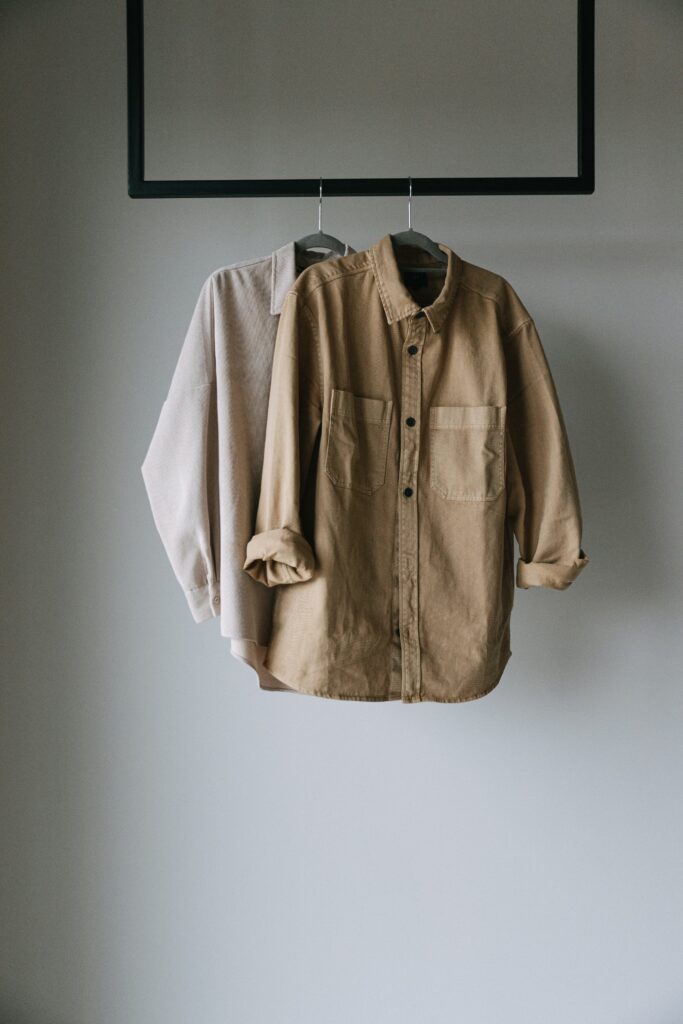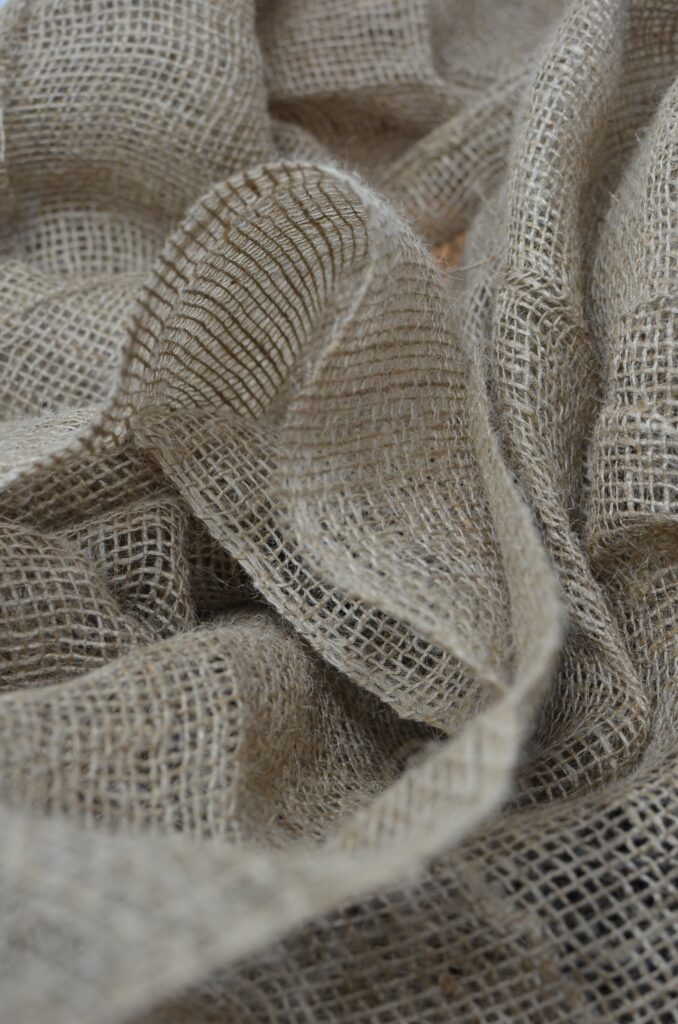Your cart is currently empty!
What is Biodegradable Clothing? – A Quick Guide

Are clothes biodegradable? Unfortunately not all clothes are. Especially when synthetic materials are used, the time to decompose can increase substantially. Though cheap to produce, synthetic materials add massively to pollution. It can take polyester more than 500 years to decompose1.
Biodegradable clothing is a promising alternative to synthetics. But what is biodegradable clothing? What makes it unlike the traditional materials used? And most importantly, what are its benefits and drawbacks?
Table of Contents
What is Biodegradable Clothing?
Biodegradable clothing refers to garments made from materials that can naturally break down in the environment without leaving harmful residues or toxins. These materials contribute to an eco-friendly fashion industry and serve as nutrients for the environment, once the fashion items are discarded.
As part of a larger picture, biodegradable clothing is utilized by fashion brands who want to contribute to green fashion.

Biodegradable Clothing Materials
- Organic Cotton: Cultivated without synthetic fertilizers and pesticides
- Hemp: Hemp cultivation requires fewer pesticides and water compared to traditional cotton
- Lyocell: Made from wood pulp, lyocell is a biodegradable fabric known for its softness and breathability
- Bamboo: A natural clothing material with antibacterial properties, requiring fewer pesticides
- Mushroom Leather (Mycelium): Mycelium-based leather is derived from mushroom roots. It is a promising eco-friendly alternative to traditional leather
Biodegradable clothes are typically free from harmful chemicals and toxins found in traditional clothing, which makes them safer and healthier. For the person wearing it and for the planet.

are all natural materials also biodegradable?
The simple answer is: no. Take, for example, the material pineapple leather. Made from pineapple leaf fibers, this material is a great option to make use of the otherwise discarded pineapple leaves. But the final material itself is not fully biodegradable, because petroleum is added for coating.
This is why it can be so complicated to find the right materials. Fashion brands know that “green” or “organic” labels are good for marketing. But if you look closer, there is a lot of green washing involved.

Do Biodegradable Materials feel uncomfortable?
We all have heard jokes about eco friendly fashion items. “It feels like wearing a potato sack.” and other negative comments. But actually the opposite is true.
Natural materials are breathable and feel authentic on the skin. The fibers let air and moisture pass and flow. But imagine wearing a 100% polyester cardigan in a warm room. Moisture can’t get in, but can not get out either.
What are the Challenges?
Biodegradable clothing does come with a lot of benefits, but it is not challenge-free. It takes a lot of effort to provide sustainability back to the environment.
- Cost Considerations (for brands): Natural clothing materials often involve higher production costs, impacting the overall cost-effectiveness of a product
- Limited Regulation: Some materials, even if eco-friendly, may lack sufficient regulations and transparency, posing risks in the supply chain
- Old Practices Can Be Cheaper (for purchasing): It is tempting to spend less on fast fashion items
Biodegradable Clothing Brands
Some brands focus their efforts on specifically using biodegradable clothing materials. They are committed to give their customers are truly circular fashion experience. Most of them also take their own items back and resell, recycle or upcycle used clothing. You can check our post Brand Focus: 3 Biodegradable Clothing Brands to learn more details.
Final Words
It does take effort and mindfulness to select natural clothing materials over traditionally sourced ones. It will likely take longer to research and find the right materials, and it will likely be more expensive to purchase fashion items, made out of biodegradable materials.
But in the long run the strain on nature is reduced. Less synthetic materials are ending up in landfills, where they otherwise rot for decades or centuries. So courage is needed to make sustainable decisions, for ourselves and the generations following us. If you want to learn more you can keep reading our following articles.
You can compare fast fashion and slow fashion in our article: FAST FASHION VS SLOW FASHION: A QUICK COMPARISON.
In our brand focus, we look at 3 biodegradable clothing brands and their unique approaches to more sustainability.
By
Posted in
